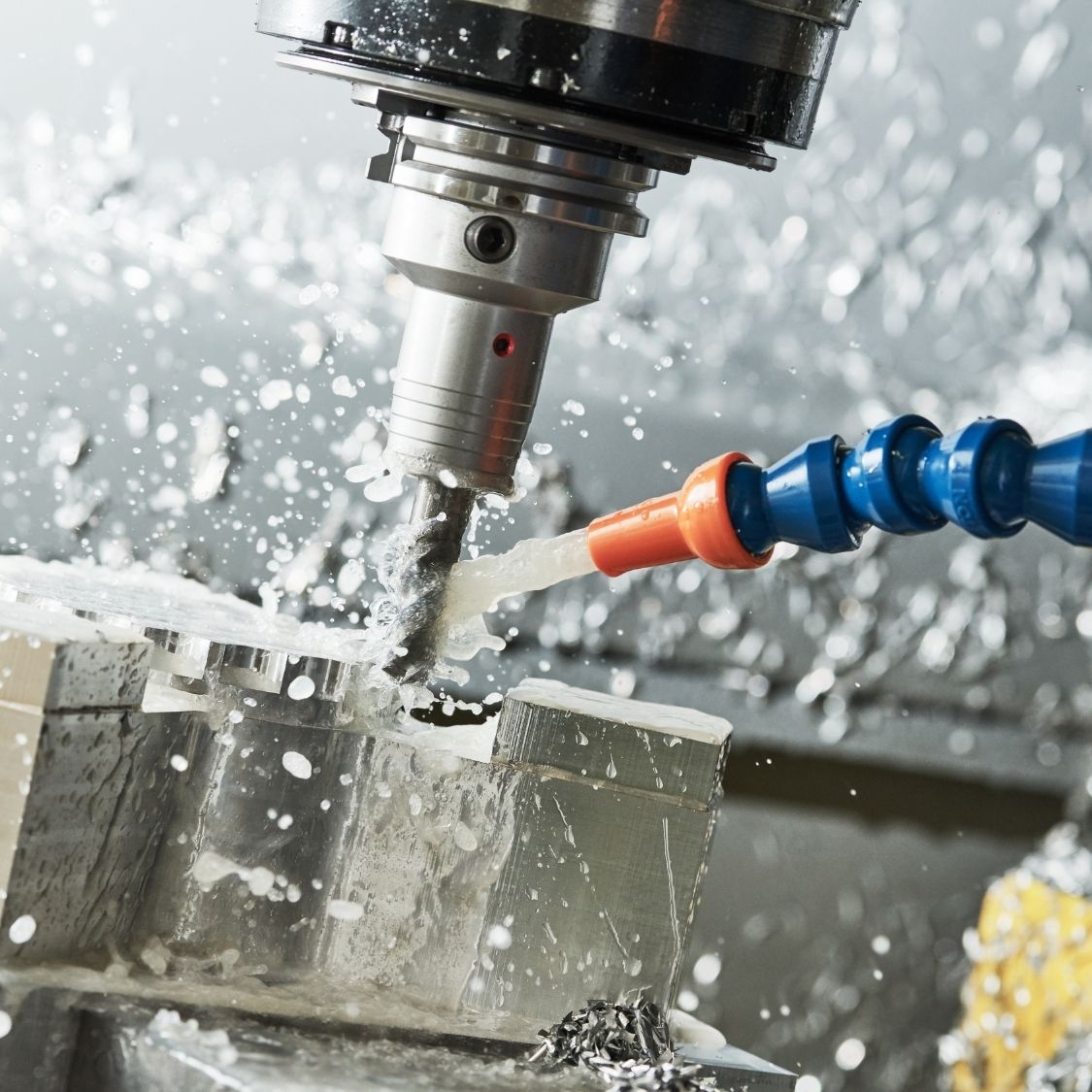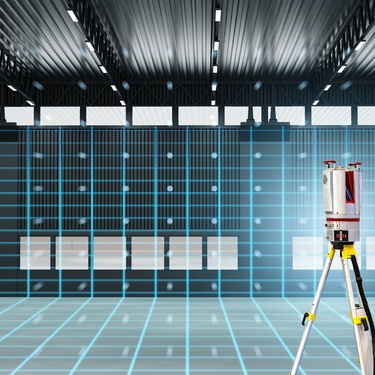
Industrial machining shops are great places for technicians to learn how to use a whole array of complex instruments while contributing to business production goals. While CNC machining is an improvement in industrial production workflow since it removes several manual aspects of the crafting process, it does come with some risks. Discover the essential safety tips for technicians in CNC machine shops.
Always Double-Check Enclosures
CNC machining creates another degree of separation between technicians and dangerous tools. However, techs still need to operate the computer from the other side of the glass. Before starting operations, technicians must always double-check the machine enclosures to ensure there are no obstructions and that no materials will leave the encasement. Otherwise, they could face serious hazards, like bulleting debris and heat leaks.
Never Remove PPE
Personal protective equipment serves a single purpose: to keep your body parts safe from environmental dangers. If you remove PPE at any point during the machining process, you open yourself up to many risks, from blinding lights to extra-sharp metal edges. Don’t remove PPE while out on the production floor or in front of operational CNC machines. It may be easier to read the computer screen without your laser-light-filtering goggles, but if you take them off at the wrong time while inputting values on your machine, you could suffer eye damage.
Update and Refresh Educational Materials
The CNC machining landscape continues to develop in terms of technological advancement and machining application. As a technician, you should be up to date on the latest in the industry, including safety recommendations based on recent research. Whether you’re an entry-level tech or a plant manager, you should read up on educational materials to ensure your business practices are up to standard. For example, you should follow recommended tips for choosing CNC software and update it over time. The last thing you want is a workplace accident due to software bugs that result in unanticipated CNC machine operation.
Now that you know these essential safety tips for technicians in CNC machine shops, you can keep your workplace safe for everyone. When you prioritize safety for yourself and your coworkers, you create an unspoken culture of security that ensures fewer workplace incidents.



















